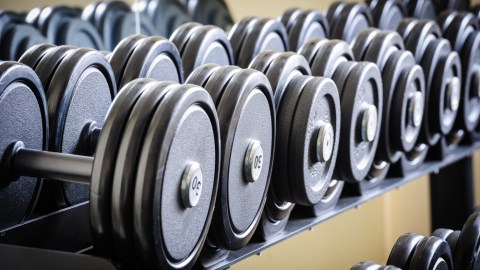Does Your Workout Say Something About Your Social Class?

What’s the Latest?
Could different exercise routines mirror social differences like political party affiliation or level of education? When author Daniel Duane began seriously lifting weights at the age of 40, his friends and even his wife struggled to understand his decision. It seems that building muscle had social implications which Duane didn’t bargain for. Sociologist Carl Stemple, writing in the International Review for the Sociology of Sport, “argues that upper middle class Americans avoid ‘excessive displays of strength,’ viewing the bodybuilder look as vulgar overcompensation for wounded manhood.”
What’s the Big Idea?
Duane began lifting because he learned that endurance sports like jogging and swimming don’t keep bones from deteriorating in old age the way building muscle mass does. But social lines became obstacles in Duane’s quest to achieve his new view of health. “The so-called dominant classes, Stempel writes—especially those like [Duane’s] friends and [Duane himself], richer in fancy degrees than in actual dollars—tend to express dominance through strenuous aerobic sports that display moral character, self-control, and self-development, rather than physical dominance.” In the end, Duane abandoned weight lifting, suggesting that preserving social bonds meant more to him than individual achievement.
Read more at the Pacific Standard
Photo credit: Shutterstock





